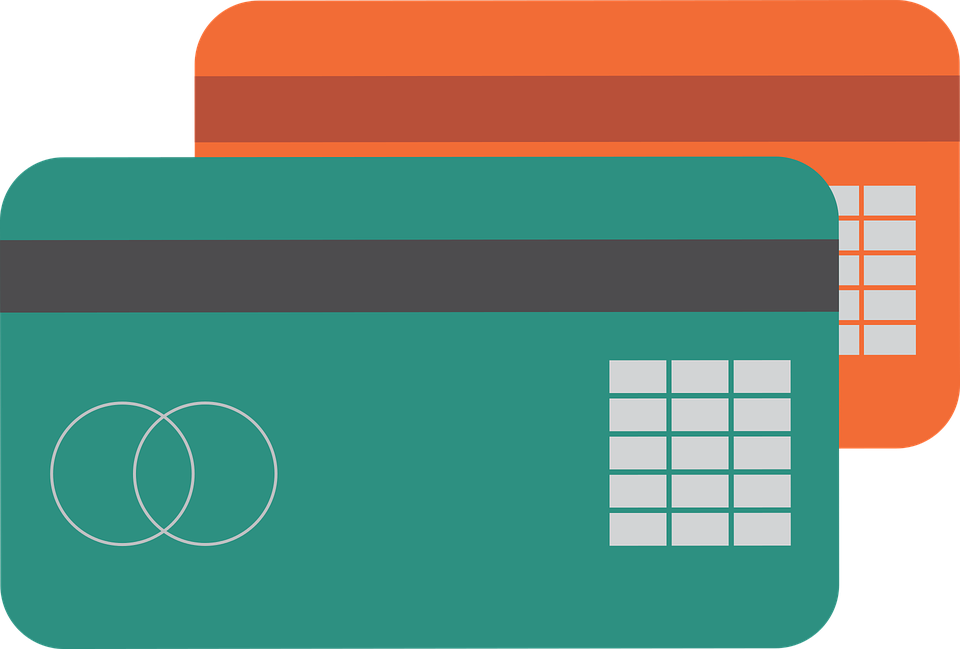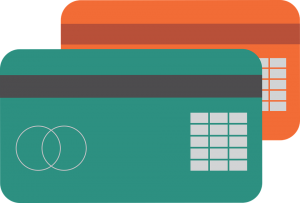
The Basics of Setting Up and Tracking Inventory in Quickbooks
 If you run a small- or medium-sized business, you might be wondering how to set up and track inventory in Quickbooks. Intuit’s popular business accounting software is loaded with useful features, including inventory tracking. Also known as stock tracking, this allows you to track the products your business sells by one or more criteria. Unfortunately, many business owners overlook inventory tracking, believing it’s too difficult to set up and, therefore, not worth the effort. However, Quickbooks makes it easy to set up inventory tracking. Just follow the steps listed below.
If you run a small- or medium-sized business, you might be wondering how to set up and track inventory in Quickbooks. Intuit’s popular business accounting software is loaded with useful features, including inventory tracking. Also known as stock tracking, this allows you to track the products your business sells by one or more criteria. Unfortunately, many business owners overlook inventory tracking, believing it’s too difficult to set up and, therefore, not worth the effort. However, Quickbooks makes it easy to set up inventory tracking. Just follow the steps listed below.
The Different Ways to Track Inventory
Quickbooks supports four different methods for tracking inventory. First, you can track inventory by quantity, such as the number of products that your business buys or sells in a given period. Second, you can track inventory by the items that your business buys or sells but can’t use (known as non-inventory items). Third, you can track inventory by services, such as services your business sells and offers to its customers. Fourth, you can track inventory by bundle, which consists of multiple products and/or services that your business sells together as once.
How to Set Up Inventory Tracking
To set up inventory tracking, log in to your business’s Quickbooks account and click the gear icon at the top of the page. Next, click “Account and Settings” below the “Your Company” menu. On the left-hand sidebar, click “Saves.” You should see a new window in the middle of the screen labeled “Products and services.” Look for a pencil icon next to this window and click “Track Inventory.” Assuming you followed these steps, Quickbooks will now enable inventory items under “Products and Services.” You can test this by going back to the main screen and choosing “Products and Services,” followed by “New.” If it worked, you’ll see a new item type here called “Inventory item.”
With inventory tracking enabled, you can now choose “Inventory” as a product type. This essentially allows you to track the products that your business sells by one of the four aforementioned criteria. Not all businesses need to track inventory — and that’s okay. However, if your business sells a lot of products, tracking products is usually a good idea. It provides you with invaluable data on where your products are being sold and how they are bold sold. Using this information, you can optimize your business’s strategy to achieve greater success.
Have anything else that you’d like to add? Let us know in the comments section below!
